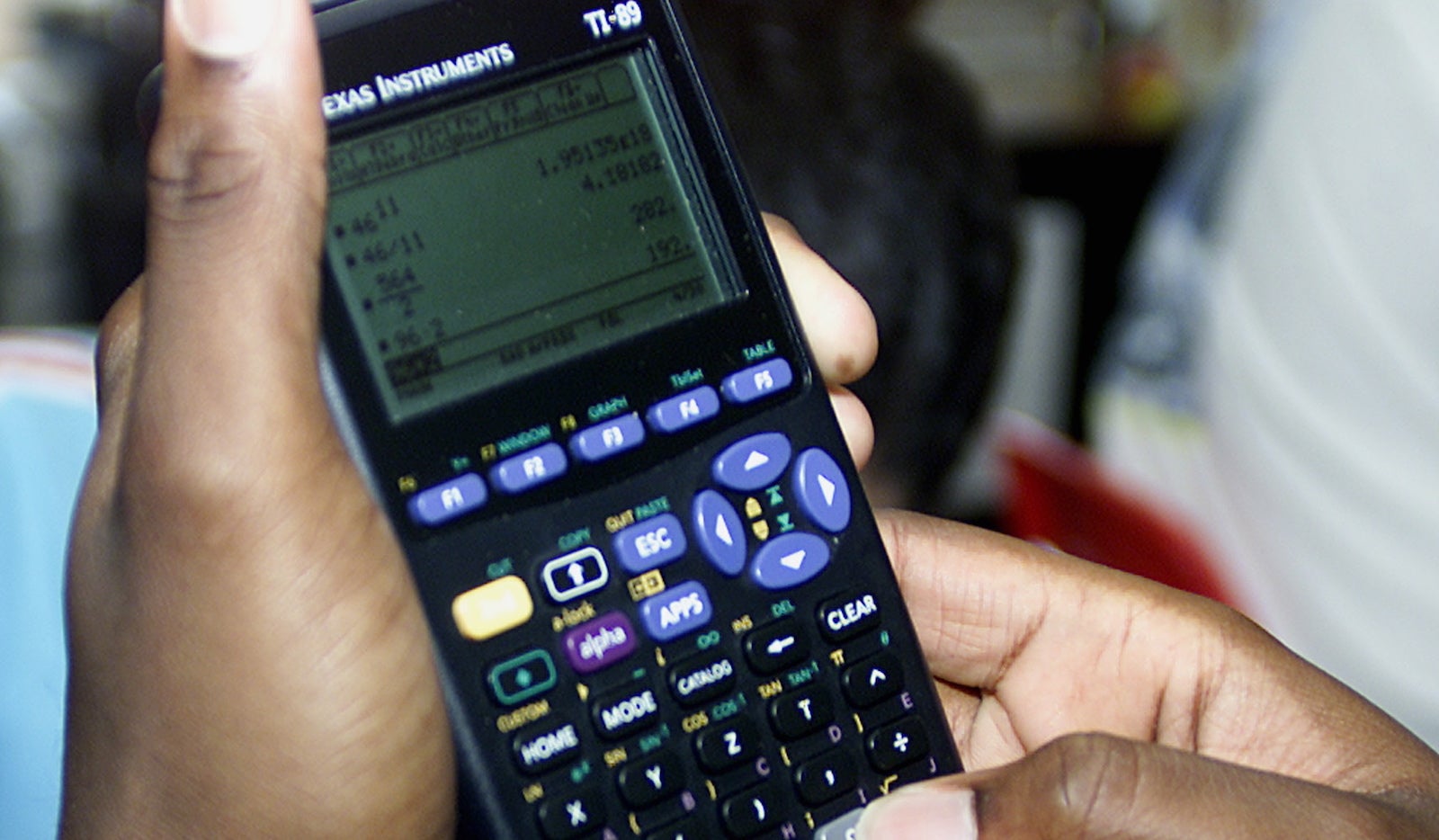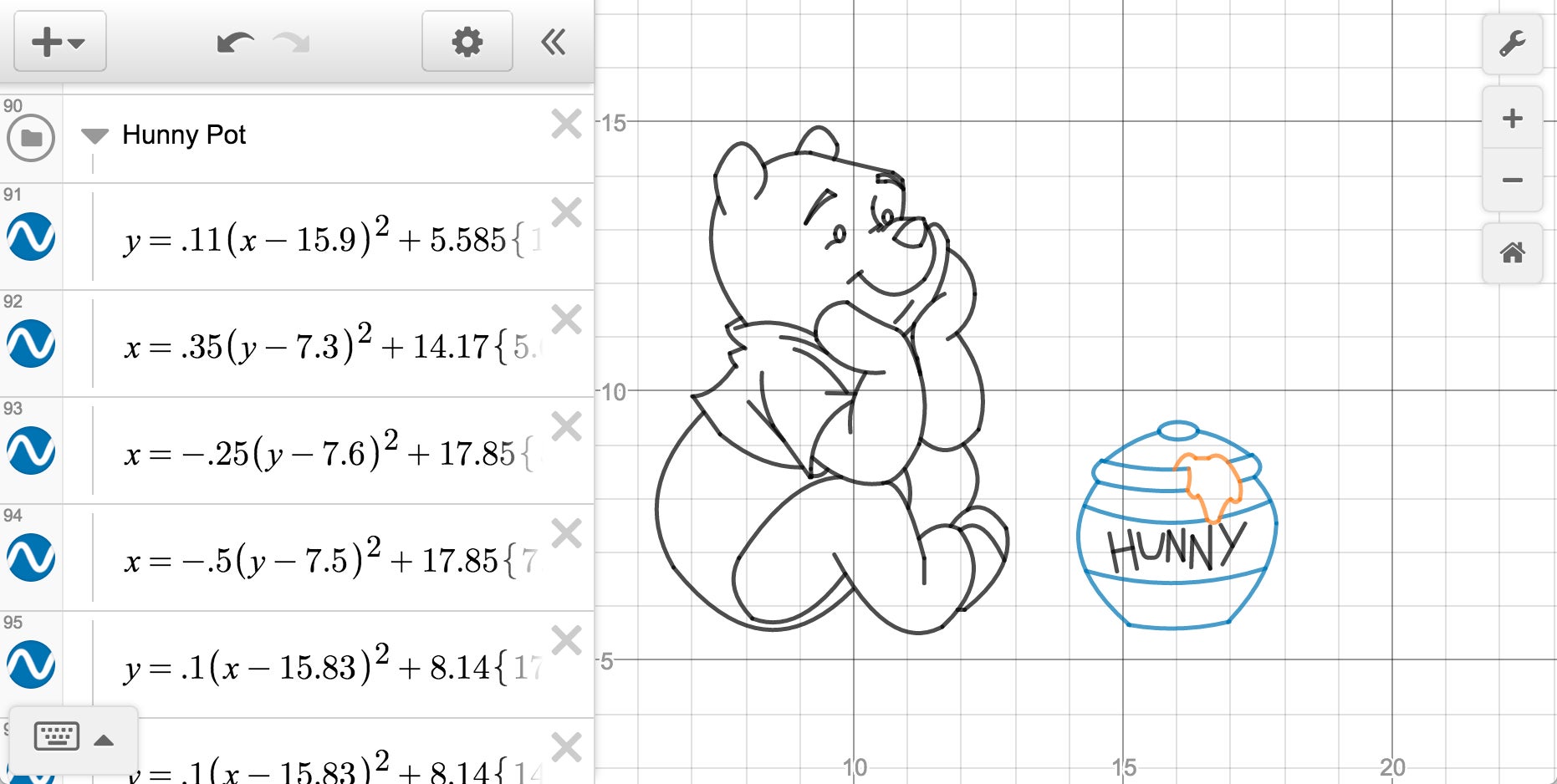The reign of the $100 graphing calculator required by every US math class is finally ending
If you took a math class at some point in the US, there is likely a bulky $100 calculator gathering dust somewhere in your closet.


If you took a math class at some point in the US, there is likely a bulky $100 calculator gathering dust somewhere in your closet.
That would be the Texas Instruments 84—or the TI 84-Plus, or the TI-89, or any of the other even more expensive variants—a shoe-sized graphing calculator released in 2004 that managed to worm its way into nearly every American math class above a simple arithmetic level. Public- and private-school students alike are usually required to buy the calculator themselves; its ubiquitous presence and instantly recognizable appearance have become the subject of memes all around the web.
By maintaining a monopoly on the graphing calculator market, Texas Instruments has been able to sell more than 75 million graphing calculators since 1990 and essentially charge a premium on all of them. But that’s now changing.
Enter Desmos, a San Francisco-based company that offers a free online version of TI’s graphing calculator. Users across 146 countries, most of them teachers or students, are currently logging 300,000 hours a day on the platform—and today, Desmos announced a major partnership with testing consortium Smarter Balanced, which administers academic exams in 15 US states. Beginning this spring, students in those areas will use the online tool in math classrooms and on statewide performance assessments.
“We think students shouldn’t have to buy this old, underpowered device anymore,” Desmos CEO Eli Luberoff tells Quartz. “It’s a huge source of inequity, and it’s just not the best way to learn.”
Desmos was born out of Luberoff’s own experiences as a math tutor, when he noticed that his younger students were still using the same calculator he had to use in school a decade ago. “It blew my mind—because everywhere else, they’re walking around with supercomputers in their pockets, but in this, they’re still using the same thing,” he says.
The company launched in 2011, and its product boasts several benefits over TI’s calculators. It offers a colorful interface, live graphing feedback, accessibility from any computer or smartphone connected to the internet, and—most importantly—a price tag of $0. All those features are garnering Desmos attention from individual schools, districts, and national testing companies like Smarter Balanced and the College Board.

While there are some drawbacks to using an online calculator on tests—it’s trickier to spot cheating, for example—Desmos’ success suggests those concerns are outweighed by the advantages. Says Luberoff:
The market is finally shifting. Kids are now getting pretty universal access to low-cost, high-performing devices like smartphones and tablets. At the same time, states have moved away from paper-based curriculums and toward digital.
TI’s head of education technology Peter Balyta has defended the high prices of the company’s calculators by saying that a TI calculator is a “one-time investment in a student’s future.”
But the acceptance of online tools in education is growing. The SAT and ACT, the two standardized tests that the majority of American high-school students take for their college applications, are both considering going digital in the next few years. If online testing becomes the norm, it stands to reason that so will online calculators—making a clunky physical graphing calculator not so much an investment as an antique.